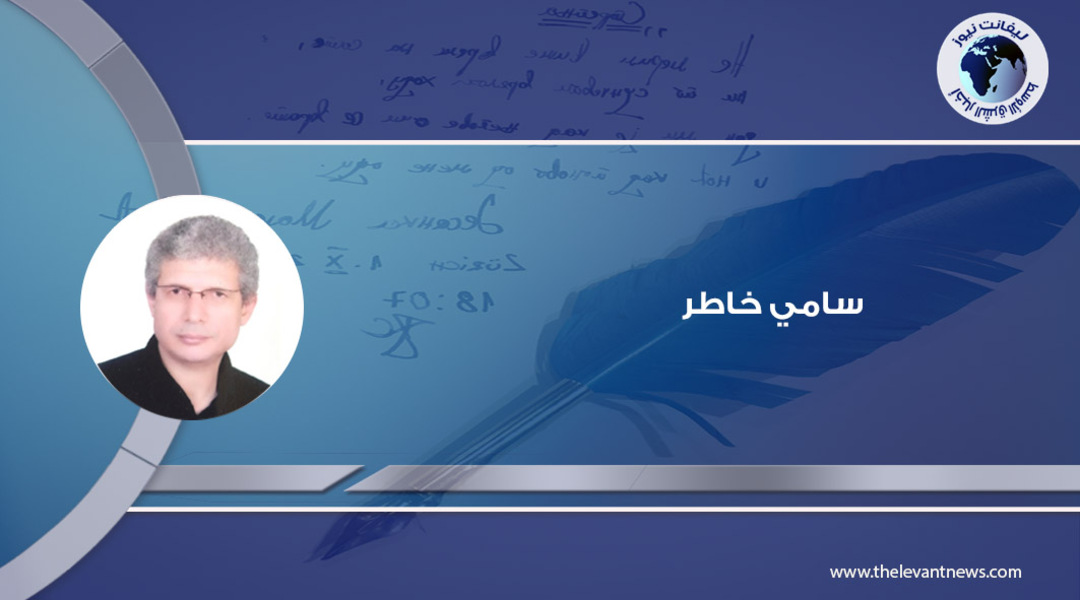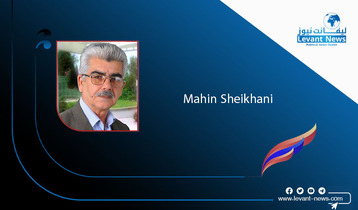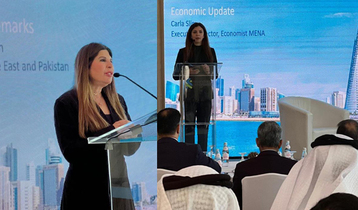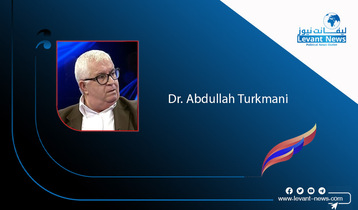-
What Remains of the Wilayat al-Faqih System Internally and Externally?

The Wilayat al-Faqih system in Iran, which emerged after the seizure of the Iranian national revolution in 1979, is based on the principles of theocratic governance, with the supreme cleric assuming political and religious leadership. It marked a radical transformation in the regional and international political landscape. This unique system, built on the claim of the cleric's overall authority over all state and societal matters, has experienced both rises and falls, facing multiple internal and external challenges. After more than four decades, this fascist regime today faces increasing internal and external challenges, raising the question: What remains of the Wilayat al-Faqih system both internally and externally?
**Internal Situation: Economy, Security, and Popular Rejection of the Regime at the Forefront of Challenges**
Economically, the Iranian economy suffers from a deep crisis characterized by high inflation and unemployment rates, along with the deterioration of the national currency's value. This crisis has deep roots related to the regime's misguided economic policies, international sanctions imposed on Iran, as well as the decay of infrastructure and lack of investments. It has sparked widespread discontent, especially amidst social disparities and the increasing gap between the rich and poor, where the majority of the Iranian people live below the poverty line. Rampant corruption is considered one of the most prominent issues facing Iran, affecting various governmental and economic sectors. This corruption has led to a lack of public trust in the regime, in addition to its weakened capacity to achieve any form of sustainable development.
Popular rejection has been a response to the regime's failures and its successive governments' inability to achieve any meaningful success or to contain the enraged populace. As a result, the people have risen up, rejecting the entire system, expressed through the recurring public protests in Iran over the years, demanding regime change, improved living conditions, and respect for basic freedoms. These protests reflect the depth of popular discontent with the regime and pose a direct threat to its stability. Additionally, the sharp internal divisions within the clerical system between hardliners and moderates, and among various security agencies weaken the regime and decrease its ability to face external challenges. The struggle for power and influence within the regime among competing political factions also contributes to this. Although hardliners led by Khamenei dominate the system, there are significant differences among them regarding the management of the country and foreign policy, reflecting a fragmentation of vision and an inability to unify internal fronts.
**External Challenges**
The international sanctions imposed by the United States and its allies constitute effective economic penalties on the Iranian regime, ostensibly aimed at pressuring it to abandon its nuclear program and cease support for militias in the region. However, these sanctions severely impact the Iranian economy and crush the majority of the Iranian population without significantly affecting the regime itself, especially given the financial and political support it receives indirectly from the West, exacerbating the suffering of the Iranian people and casting shadows over Arab nations. The Iranian regime's relationships with Gulf Arab states are under severe strain due to its support for Shiite militias in the region, its interference in the internal affairs of Arab countries, and its promotion of drug trafficking in Arab states, leading to acute regional tensions that the mullahs exacerbate.
**International Isolation**: The Iranian regime has caused its own international isolation due to its aggressive policies and interference in the affairs of other countries, such as Iraq, Syria, Yemen, and Lebanon, alongside its support for armed movements. The result of these policies has led to severe regional and international isolation and placed restrictions on any economic or diplomatic cooperation with the clerical regime.
Efforts from the Iranian national opposition, led by the People's Mujahedin Organization and the Iranian Resistance under Maryam Rajavi, call for the overthrow of the regime and present a democratic alternative that represents everyone. Their activities, both domestically and externally, have intensified and have become a significant challenge for the regime, contributing to the enforcement of both internal and external isolation on the Wilayat al-Faqih system as they work to expose its violations and mobilize public opinion against it.
**What Remains for the Regime?**
Amid escalating challenges, the Iranian regime attempts to maintain its survival by confronting internal dissent through repression. The regime relies heavily on security apparatuses to suppress any internal opposition through arbitrary arrests, repressing demonstrations, and constraining freedom of expression, providing it with a semblance of control over the internal situation despite rising public anger. In terms of exporting crises, the regime adopts a strategy of igniting external conflicts to divert attention and escape internal crises. This policy grants it some regional influence, but it remains an unsustainable strategy, threatening an imminent total collapse. The Wilayat al-Faqih system has manipulated religious doctrines as a means of intellectual and political control over the population domestically and regionally to enhance its dominance and expand its influence. Today, however, following the exposure of its regional conspiracies and the betrayal of its allies.
BY: Sami Khater
You May Also Like
Popular Posts
Caricature
BENEFIT Sponsors BuildHer...
- April 23, 2025
BENEFIT, the Kingdom’s innovator and leading company in Fintech and electronic financial transactions service, has sponsored the BuildHer CityHack 2025 Hackathon, a two-day event spearheaded by the College of Engineering and Technology at the Royal University for Women (RUW).
Aimed at secondary school students, the event brought together a distinguished group of academic professionals and technology experts to mentor and inspire young participants.
More than 100 high school students from across the Kingdom of Bahrain took part in the hackathon, which featured an intensive programme of training workshops and hands-on sessions. These activities were tailored to enhance participants’ critical thinking, collaborative problem-solving, and team-building capabilities, while also encouraging the development of practical and sustainable solutions to contemporary challenges using modern technological tools.
BENEFIT’s Chief Executive Mr. Abdulwahed AlJanahi, commented: “Our support for this educational hackathon reflects our long-term strategic vision to nurture the talents of emerging national youth and empower the next generation of accomplished female leaders in technology. By fostering creativity and innovation, we aim to contribute meaningfully to Bahrain’s comprehensive development goals and align with the aspirations outlined in the Kingdom’s Vision 2030—an ambition in which BENEFIT plays a central role.”
Professor Riyadh Yousif Hamzah, President of the Royal University for Women, commented: “This initiative reflects our commitment to advancing women in STEM fields. We're cultivating a generation of creative, solution-driven female leaders who will drive national development. Our partnership with BENEFIT exemplifies the powerful synergy between academia and private sector in supporting educational innovation.”
Hanan Abdulla Hasan, Senior Manager, PR & Communication at BENEFIT, said: “We are honoured to collaborate with RUW in supporting this remarkable technology-focused event. It highlights our commitment to social responsibility, and our ongoing efforts to enhance the digital and innovation capabilities of young Bahraini women and foster their ability to harness technological tools in the service of a smarter, more sustainable future.”
For his part, Dr. Humam ElAgha, Acting Dean of the College of Engineering and Technology at the University, said: “BuildHer CityHack 2025 embodies our hands-on approach to education. By tackling real-world problems through creative thinking and sustainable solutions, we're preparing women to thrive in the knowledge economy – a cornerstone of the University's vision.”
opinion
Report
ads
Newsletter
Subscribe to our mailing list to get the new updates!






















